Keeping Teenagers Safe Online
by Tim Evans, Learning Technologies and Data Coordinator, and Addie Parker, Secondary Counselor.
In today’s interconnected world, raising teenagers comes with a unique set of challenges. Technology has transformed how young people connect, learn, and express themselves, offering countless opportunities for growth and creativity. However, it also brings significant risks that can deeply impact their mental health, emotional well-being, and overall development. For educators and caregivers, the task is not to eliminate technology from teens’ lives but to help them navigate this digital landscape responsibly and mindfully.

The importance of this work cannot be overstated. According to UNICEF, 98% of households with children under 18 now have access to the internet, and teens spend an average of seven or more hours a day in front of screens - excluding school-related activities (Common Sense Media). While screens are a gateway to connection and creativity, they also expose teens to risks like cyberbullying, explicit and harmful content, and addictive behaviors, all of which impact a young person’s development.
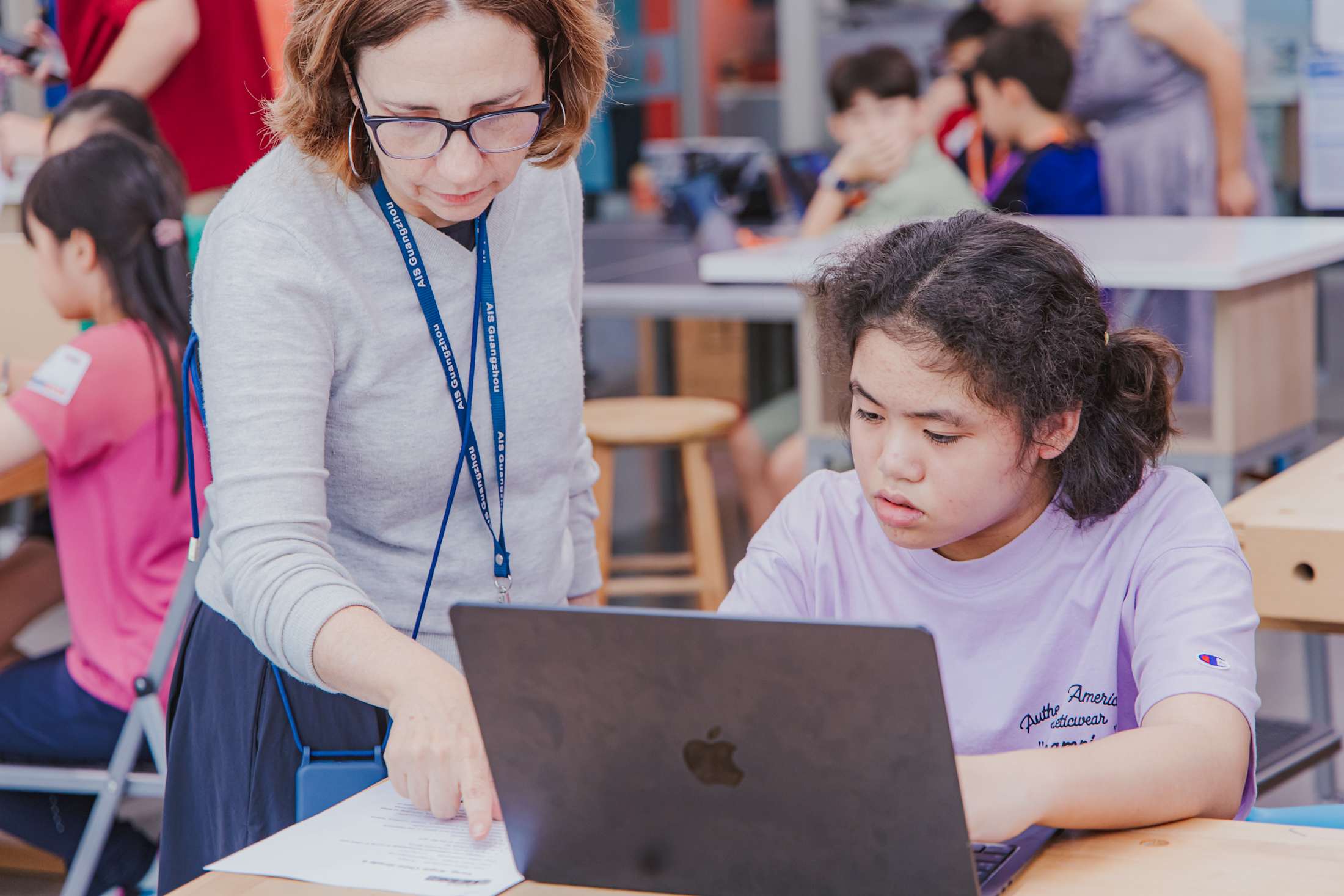
Cyberbullying and online exclusion remain pervasive, impacting teens’ mental health and self-esteem. The OECD reports that online harassment is one of the most common risks faced by young people today. Additionally, the addictive nature of certain apps and games can foster unhealthy behaviors, interfering with their relationships, schoolwork, and well-being. The American Psychiatric Association has even linked excessive screen time to addiction in its ability to disrupt daily functioning. Let’s explore the science behind these challenges and how we, as educators and caregivers, can work together to create a balanced and safe digital environment for our teens.
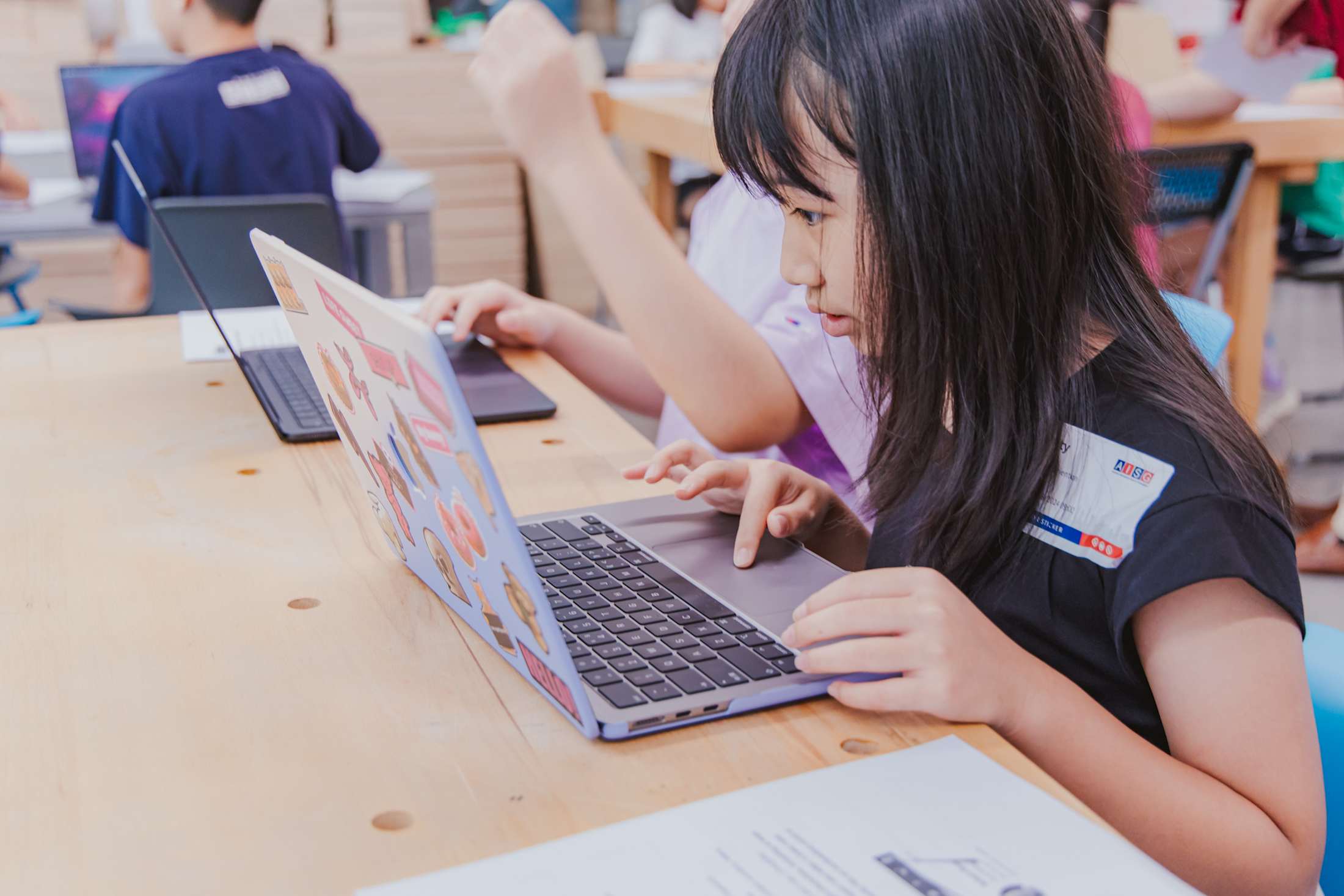
Adolescence (10-19 age group) is a critical time in development, and the teenage brain is still undergoing significant changes. The prefrontal cortex, responsible for decision-making, impulse control, and long-term planning, is not fully developed until the mid-20s. This makes teens more susceptible to impulsivity, poor judgment, and engaging in risky behaviors, particularly in the fast-paced, dopamine-driven digital world.
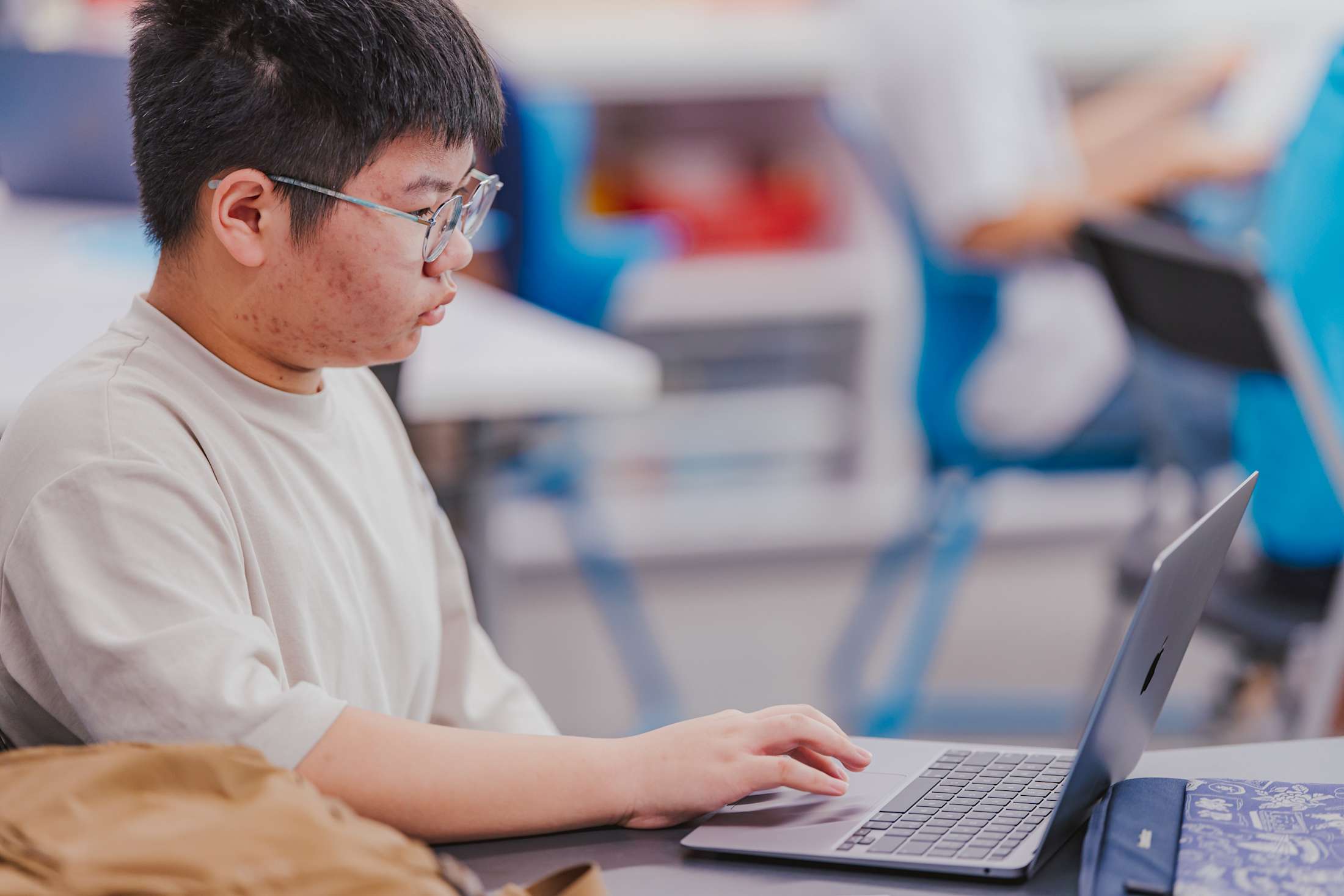
Social media platforms, video games, and other tech products are intentionally designed to capture attention and trigger reward systems. Teens are especially sensitive to these dopamine feedback loops, which can make it harder for them to manage and regulate their screen time usage. Dopamine is a chemical in the brain known as the “feel good” hormone. It is responsible for the feelings of pleasure, satisfaction and motivation. Research from the Center for Humane Technology highlights how social media platforms exploit the brain’s natural reward systems, and dopamine production, keeping users engaged for hours. This means, teens may seek more extreme content over time to get the same “high” or dopamine rush, leading to addictive behaviors and stimuli dependency. However, this hyperstimulation often comes at a cost: disrupted sleep, decreased focus, and difficulty managing emotions. According to the American Psychological Association, prolonged screen use impacts sleep quality, which is essential for emotional regulation and cognitive development.
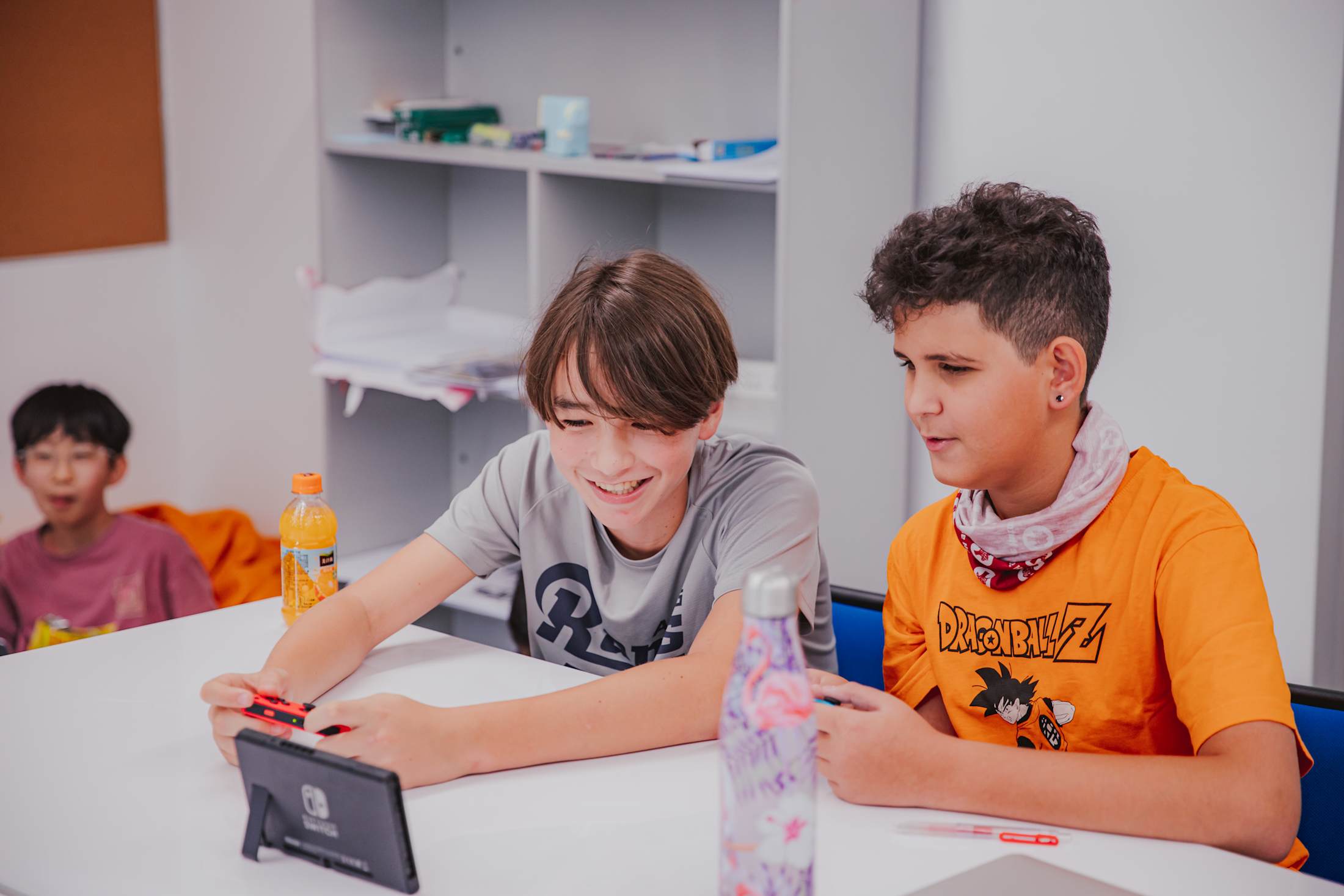
In addition, exposure to explicit or harmful content poses unique risks to the adolescent brain. The Internet Watch Foundation notes that teens are increasingly exposed to explicit material, which can normalize unrealistic or harmful behaviors. Studies show that repeated exposure to violent or sexually explicit material can rewire neural pathways, and act as a form of developmental trauma, particularly for younger teens who may not yet have the tools to process and understand what they encounter online. This is concerning because the younger the brain, the more malleable, and vulnerable, it is to such influences. Reported findings show that 1 in 3 teens are first exposed to pornography before the age of 12 (Common Sense Media, 2023), shaping expectations before real-world experiences. Early and repeated exposure can leave lasting effects, contributing to serious mental health issues like anxiety, depression, and impaired emotional regulation. The long-term consequences of this exposure include distorted expectations about relationships and difficulty forming healthy emotional connections in adulthood.

Despite these challenges, there are proven strategies that can help teens develop healthier relationships with technology. The key is to strike a balance between setting boundaries and fostering open communication, creating an environment where teens feel supported rather than controlled.

Teens often model the behaviors they observe in adults, making it essential for caregivers and educators to demonstrate healthy digital habits. Research from the Harvard Graduate School of Education shows that parental modeling has a strong influence on how teens approach technology. Simple actions, like taking screen breaks, prioritizing face-to-face interactions, and keeping devices out of bedrooms can send a powerful message about the importance of balance.
One of the most effective ways to guide teens is through regular, judgment-free discussions about their digital lives. These “Tech-Talks” provide a platform for teens to share their experiences, ask questions, and voice concerns. Conversation starters like “What’s one app you couldn’t live without?” or “Have you ever seen something online that made you uncomfortable?” can help break the ice and build trust. These discussions also allow caregivers to educate teens about online safety, digital etiquette, and critical thinking, equipping them with the tools to navigate their digital world more thoughtfully.
Rather than imposing strict rules, involve teens in the process of creating a Family Tech Agreement. This collaborative approach ensures that boundaries feel fair and mutually agreed upon. The agreement might include screen time limits, designated device-free zones (like bedrooms or family meals), and guidelines for appropriate online behavior. By involving teens in the decision-making process, you foster a sense of accountability and reduce the likelihood of conflict.
While open communication is crucial, it’s equally important to implement practical measures to safeguard teens’ online activities. Privacy settings, parental controls, and keeping technology in shared spaces can help minimize exposure to harmful content. It’s also essential to educate teens about their digital footprint - the long-term consequences of what they share online. Frame these discussions around brain science rather than blame, explaining how certain content can overstimulate the brain and make it harder to form healthy habits and relationships.
To promote balance, encourage teens to explore interests and hobbies away from screens. Activities like sports, art, reading, and family outings not only support physical and mental health but also help teens develop skills and passions that aren’t reliant on technology. Diversifying their daily routines reduces their dependence on digital entertainment and fosters a well-rounded sense of self.
Amidst the challenges, it’s important to remember that technology isn’t inherently bad. When used thoughtfully, it offers incredible opportunities for teens to connect, create, and learn. It allows them to maintain relationships with friends and family, explore their identities, and access educational resources that can broaden their horizons. Platforms like YouTube and social media can serve as outlets for creativity and self-expression, giving teens the tools to share their stories and talents with the world. The goal is not to eliminate technology but to teach teens how to use it in ways that enhance their lives rather than hinder them.

Change doesn’t happen overnight, but small, consistent actions can make a big difference. Start by reflecting on your family’s digital habits and identifying one small change you can implement today - whether it’s instituting a tech-free dinner or setting up a family charging station outside bedrooms. Remember, the most effective strategy is to lead by example. By demonstrating balance, fostering open communication, and setting thoughtful boundaries, you can help your teens build a healthier relationship with technology that will serve them well into adulthood. Together, we can ensure that the digital world is a space for growth, connection, and creativity, not a source of harm.
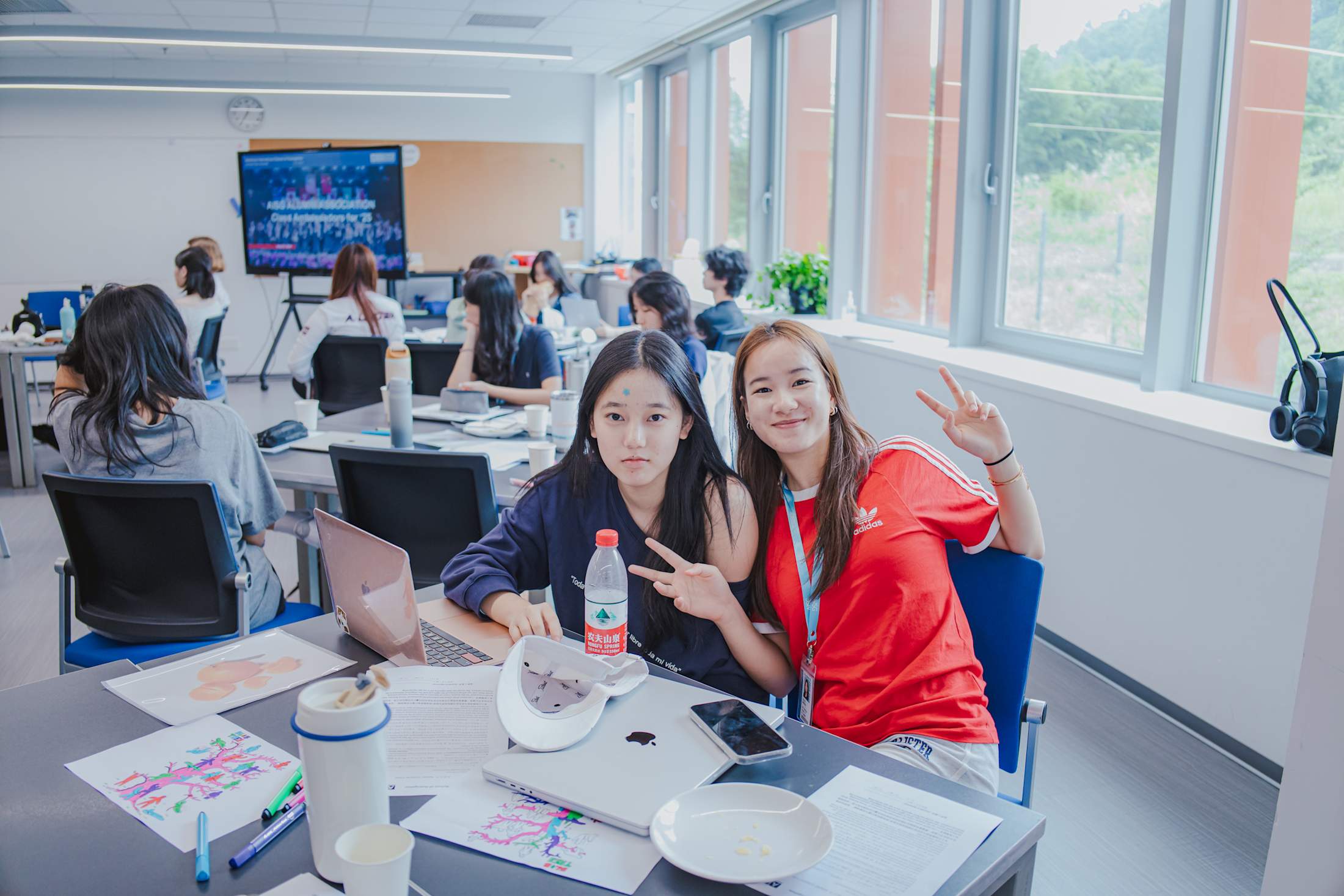
At AISG, we place an emphasis on using technology for creation over consumption. By giving students agency in their learning and promoting a maker’s mindset, teachers ensure every student is an empowered creator. Click here to learn more about innovation at AISG.